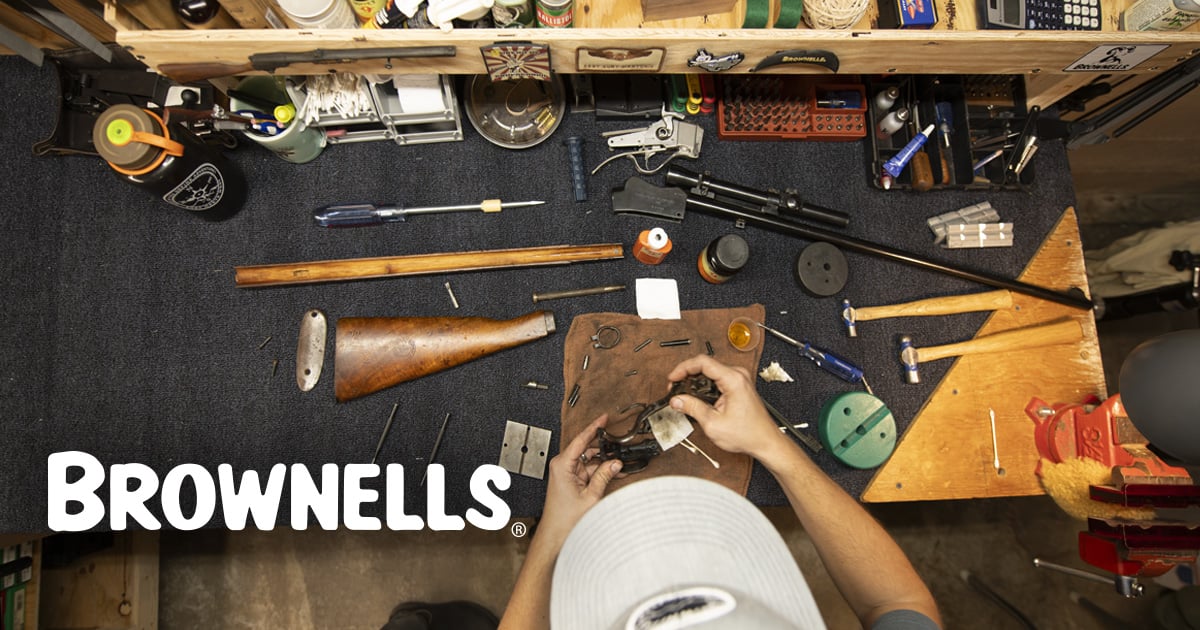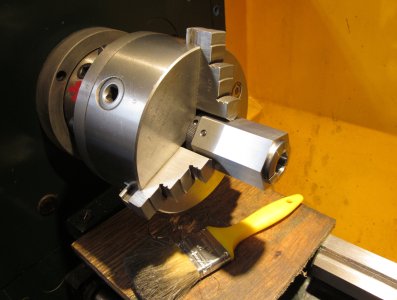FWIW, I would describe my situation was just as you described, I will try to convince you to make the leap. My experience........
I'm trying to squeeze in the largest ballscrews into my new mill. It basically comes down to either 20mm or 16mm. The 20's are tight on the X axis. So tight that I can't tell if they will fit, 1mm this way yes, 1mm the other way no. I don't want to order the 20's to find out they won't fit. So I sketched up the mounting block to replace the nut. The thought of machining this and tweaking in an iterative process feels pretty painful. So I thought this is a perfect situation for a printed mounting block with hole to match the ballscrew mounting, if it's not quite right, tweak it and reprint, when its just right make it.
I noticed 3D printers on Marketplace for as low as $100 supposedly in working order with lots of filament included so what do I have to lose?
Guy has three more or less the same Prusa i3, he says pick one, so I look and I pick. Bring it home refuses to calibrate, I try for about 4 hours and no success so I call the seller and he tells me I'm leaving another one on the step for you, just take it.
Second time a charm after maybe 30 minutes of tweaking it calibrates and I print my first part. I have printed about 5 parts since then and the quality is excellent.
I want to fix the first one, but no luck getting help on every 3D forums I tried, I suspect it's the PINDA sensor but not sure yet.
One of my concerns was generating the required code for the printer. Prusa comes with a slicer program that basically takes your 3D image and slices it up vertically to about a gazilion lines of gcode one for each pass of the extruder. The slicer program is beyond intuitive it will take you about 1-2 minutes first time to generate the gcode for the printer they did a bang up job.
I generated the 3D model in my PCB program (Altium) because I'm very familiar with it. There is one big drawback to that approach and that is I cant easily make holes, I sort of can but the holes get obliterated by the other aspects of the 3D portions that I add to the model. I called my son (architect), with the details of the holes and it took him about a minute to add them as requested. I will need to learn some sort of real CAD program for generating the models, but for now I'm up and running
Am I happy I dropped the $100 bucks? Beyond ecstatic!
One limitation (that I'm aware) for this entry level model is the single extruder instead of a dual extruder. I thought this was for multicolor parts but it has a much more important function, imagine your printing something that part way up juts out, well the printer can't print on air, with a dual extruder it prints a base (with some sort of water dissolvable material) under where the projection is, so when done put it in water and the support just disappears. I don't have this luxury so the slicer program detects this and prints a breakaway base.
View attachment 40718View attachment 40719View attachment 40720View attachment 40721
If anyone has any experience fixing a Prusa I would love to hear from you.

 directworkwear.com
directworkwear.com




